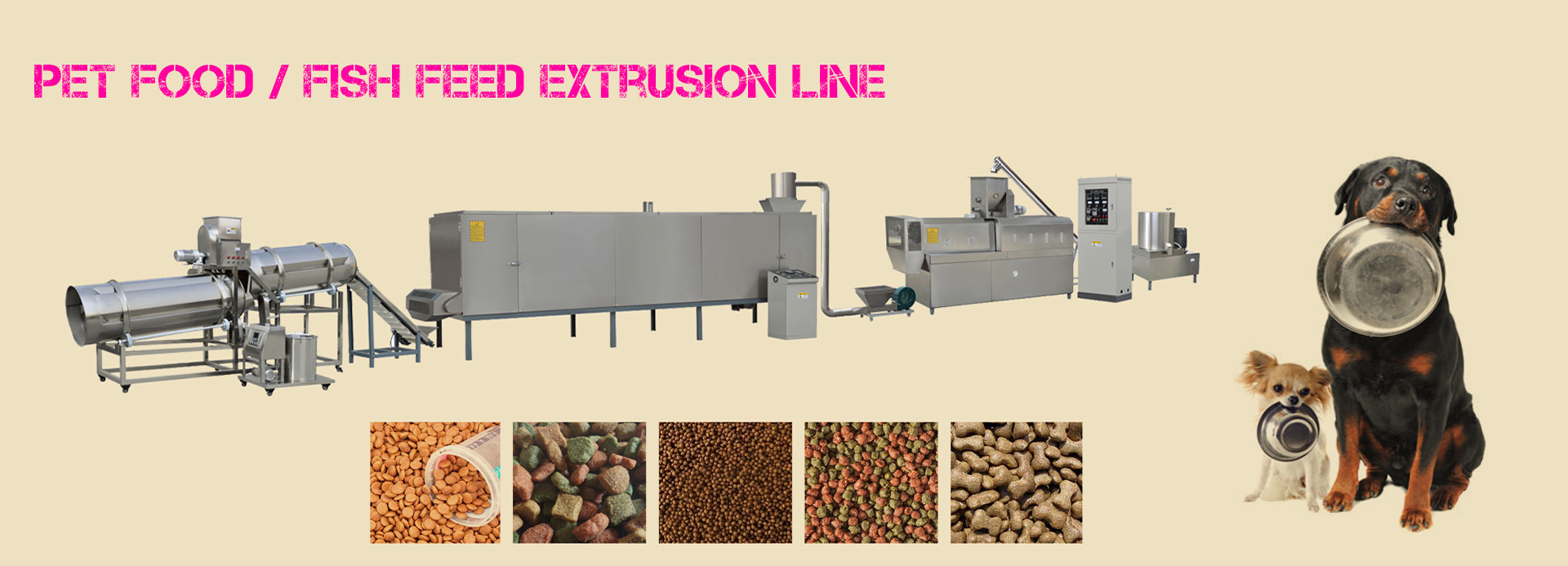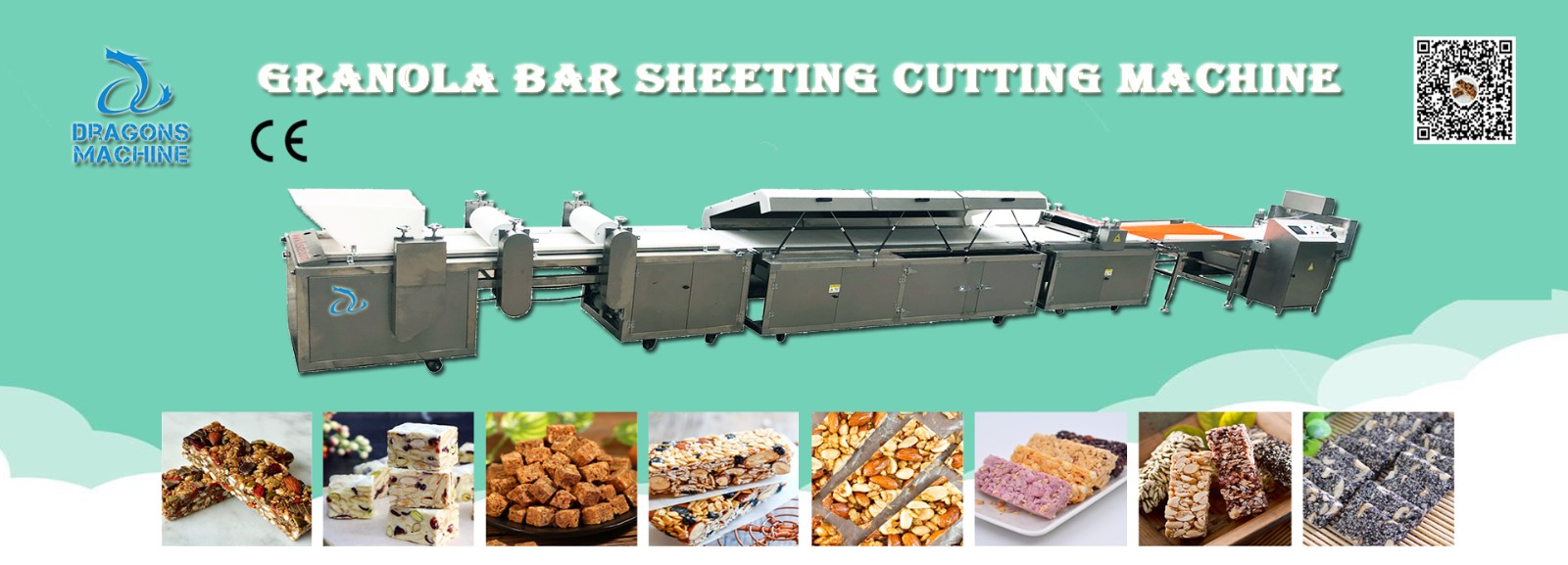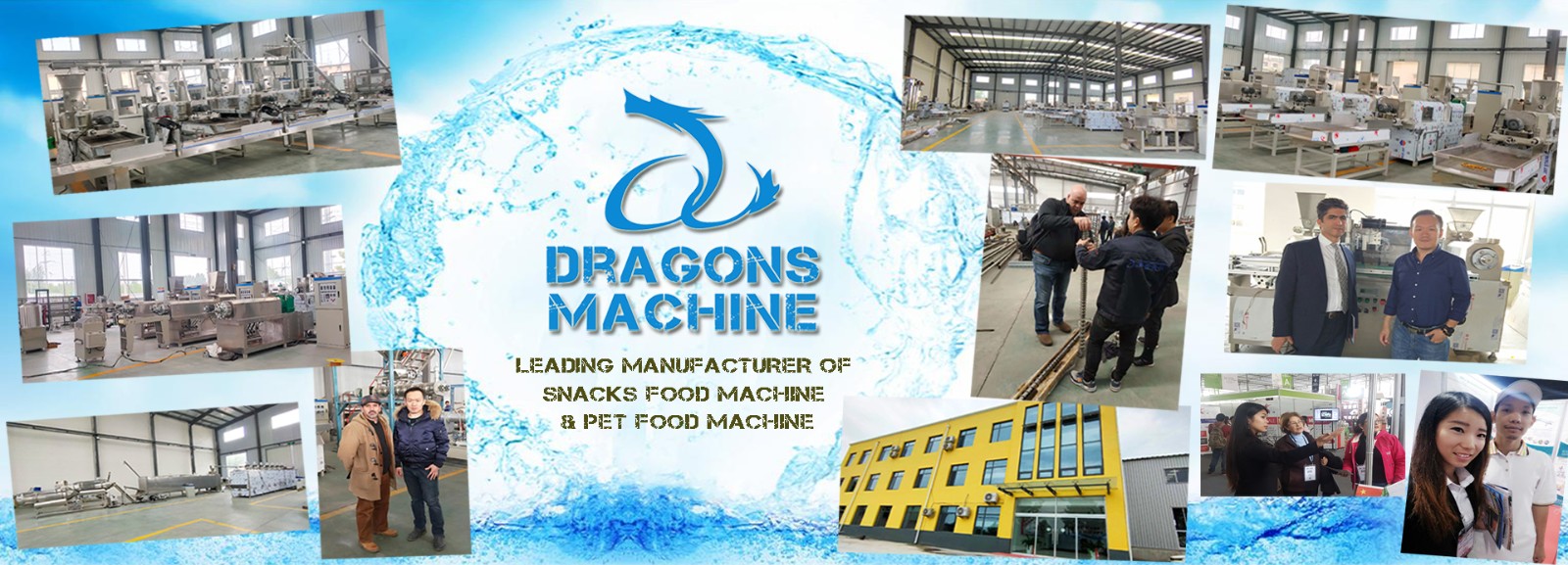Biodegradable straw making machines represent a significant stride in combating the global plastic pollution crisis. The shift towards biodegradable alternatives from conventional plastic straws is paramount in reducing environmental harm. These machines contribute significantly to this transition by offering a sustainable, eco-friendly solution. To comprehend the impact, it's essential to explore the environmental issues associated with plastic straws and the transformative potential of biodegradable straw making machines.
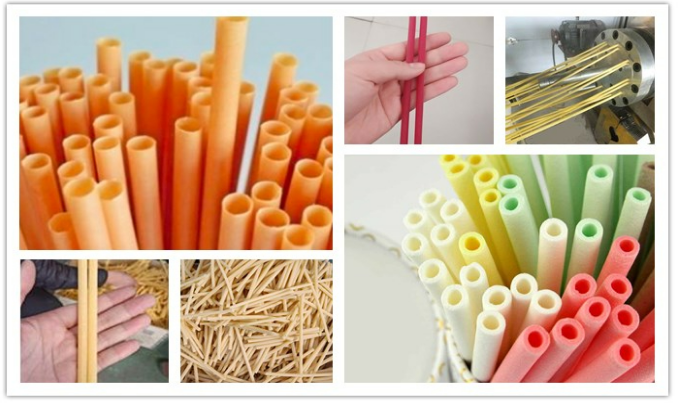
The Problem with Plastic Straws
Plastic straws have emerged as a symbol of single-use plastic waste, posing severe threats to the environment. Their convenience and ubiquity have resulted in staggering consumption rates, with millions used daily worldwide. Unfortunately, their lightweight and small size make them difficult to recycle, leading to a massive accumulation in landfills and oceans.
Marine Pollution and Ecosystem Damage
Plastic straws, like other plastic waste, find their way into water bodies, causing devastating consequences for marine life. They break down into microplastics, infiltrating the food chain, and endangering marine creatures. Creatures like turtles, seabirds, and fish mistake these items for food, leading to ingestion and subsequent health complications or death.
Persistent Environmental Impact
Plastic straws are non-biodegradable, taking hundreds of years to decompose fully. During this time, they leach harmful chemicals into the soil, releasing toxins that disrupt ecosystems and harm wildlife. Their persistence in the environment exacerbates the global plastic pollution crisis.
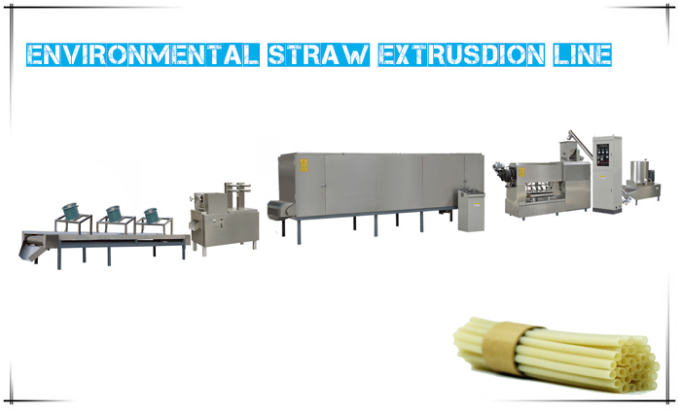
The Role of Biodegradable Straw Making Machines
In this context, the emergence of biodegradable straw making machines marks a revolutionary step towards sustainability. These machines produce straws using biodegradable materials like paper, plant-based polymers, or other compostable substances, offering a viable alternative to traditional plastic straws. Let's delve into the considerable impact these machines can have on the environment:
Reduction in Plastic Waste
Biodegradable straw making machines directly address the issue of excessive plastic waste by enabling the production of eco-friendly alternatives. They facilitate the manufacturing of straws from biodegradable materials, significantly reducing the demand for traditional plastic straws. This shift mitigates the volume of non-biodegradable waste that pollutes landfills and ecosystems.
Mitigation of Environmental Pollution
By producing biodegradable straws, these machines contribute to a cleaner environment. Unlike conventional plastic straws, biodegradable alternatives decompose relatively quickly, minimizing environmental pollution. When disposed of properly, they break down into non-toxic components, reducing the risk of harming wildlife and ecosystems.
Promoting Sustainable Practices
The adoption of degradable straw machines aligns with broader sustainable practices. It encourages businesses and consumers to prioritize environmentally friendly alternatives, fostering a culture of responsible consumption and waste management. This shift signifies a critical step in reducing reliance on harmful plastics and promoting a circular economy.
Innovation and Awareness
The introduction of such machinery stimulates innovation in material science and manufacturing processes. It encourages research and development into more sustainable materials and production techniques, furthering the quest for eco-friendly alternatives beyond just straws. Additionally, it raises awareness about the environmental impact of single-use plastics, fostering a more conscientious approach among businesses and individuals.
Challenges and Considerations
While biodegradable straw making machines offer immense promise, certain challenges and considerations warrant attention:
Scalability and Accessibility
Ensuring widespread accessibility to these machines, especially in regions heavily reliant on plastic straws, remains a challenge. Scalability and cost-effectiveness are crucial factors that determine their adoption by businesses and communities worldwide.
Material Sourcing and Standards
The availability and consistency of biodegradable materials pose challenges. Ensuring a consistent supply chain of high-quality, certified biodegradable materials is essential for the effectiveness of these machines.
Proper Disposal and Composting Infrastructure
For the full environmental benefit, proper disposal and composting infrastructure are necessary. Biodegradable straws must be disposed of in composting facilities to facilitate their decomposition, requiring investment in waste management infrastructure.
Conclusion
Biodegradable straw making machines hold immense potential in curbing the environmental hazards posed by conventional plastic straws. Their ability to produce eco-friendly alternatives represents a pivotal step towards a more sustainable future. However, their impact hinges on overcoming challenges related to accessibility, materials, and waste management infrastructure. Embracing these machines signifies a collective commitment to reducing plastic pollution and preserving the environment for future generations. Efforts to promote their adoption, improve technology, and establish supportive policies will be critical in maximizing their positive environmental impact.


















